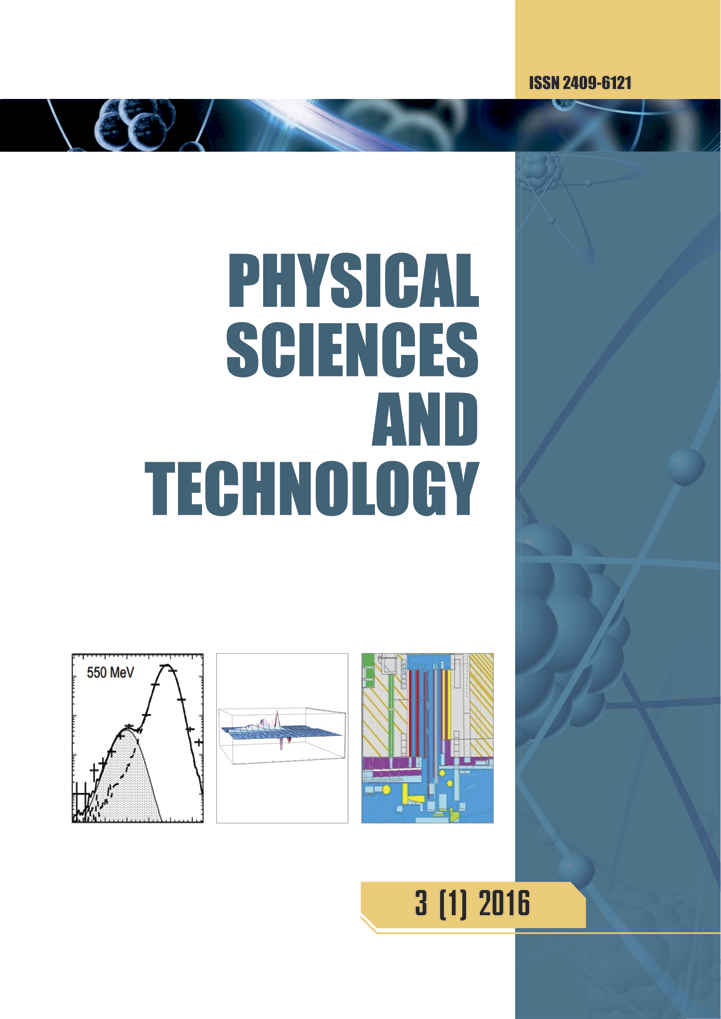The formation of SiC films by magnetron sputtering
DOI:
https://doi.org/10.26577/phst-2018-2-154Abstract
This paper is devoted to the synthesis of solid silicon carbide (SiCx) films on the surface of single-crystal
silicon (c-Si) with a thin interlayer of amorphous silicon (a-Si) by magnetron sputtering as well as to
establish new regularities in the influence of heat treatment on composition, crystallization processes and
structure of layers. A principal difference between the method of synthesis and the traditionally used
magnetron sputtering is the 13.56 MHz high-frequency magnetron sputtering of a silicon target and a
graphite target. An amorphous SiC0.97 film with a density of 3.179 g/cm3 and 165 nm thick was obtained
under the deposition regime: rf = 150 W, 13.56 MHz; Ar – 2.4 l/h, 0.4 Pa; 100°C, 2400 s; containing SiC
nanocrystals after annealing (1100°C, 30 min, Ar). Synthesis of an amorphous SiCx film with a density of
3.204 g/cm3 at a long sputtering of Si and C targets – 14400 s, containing nanoclusters with a
predominance of truncated SiC bonds, was carried out.





